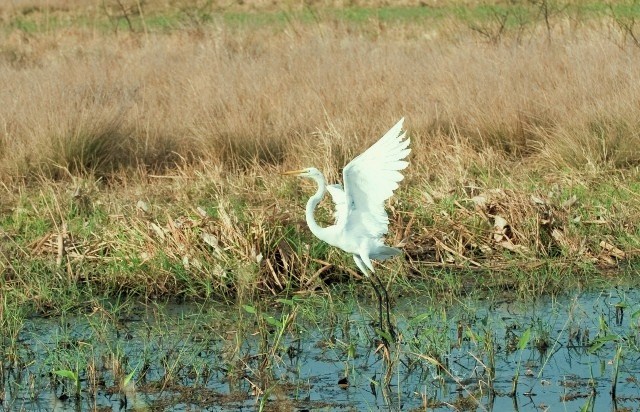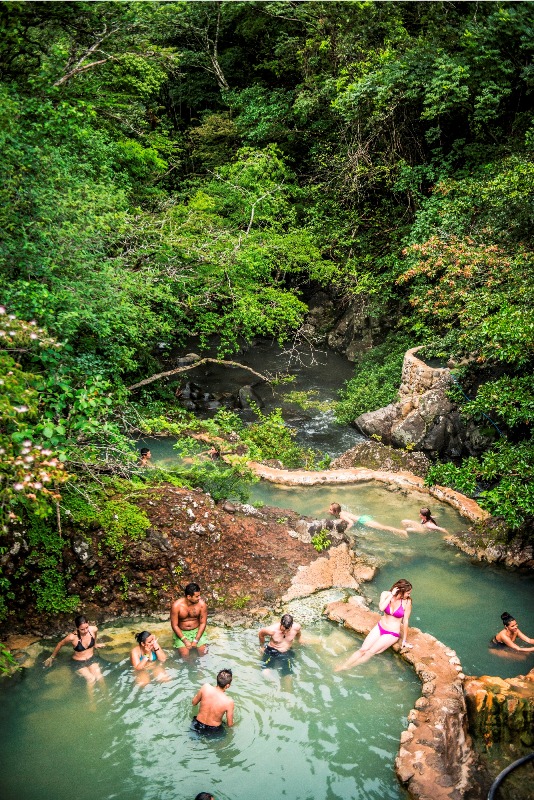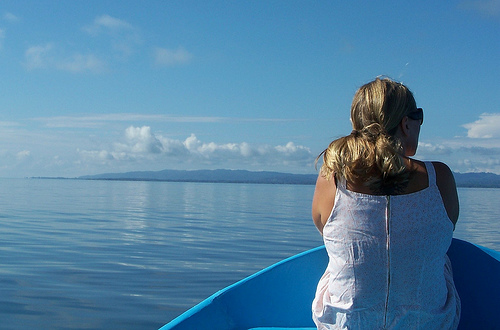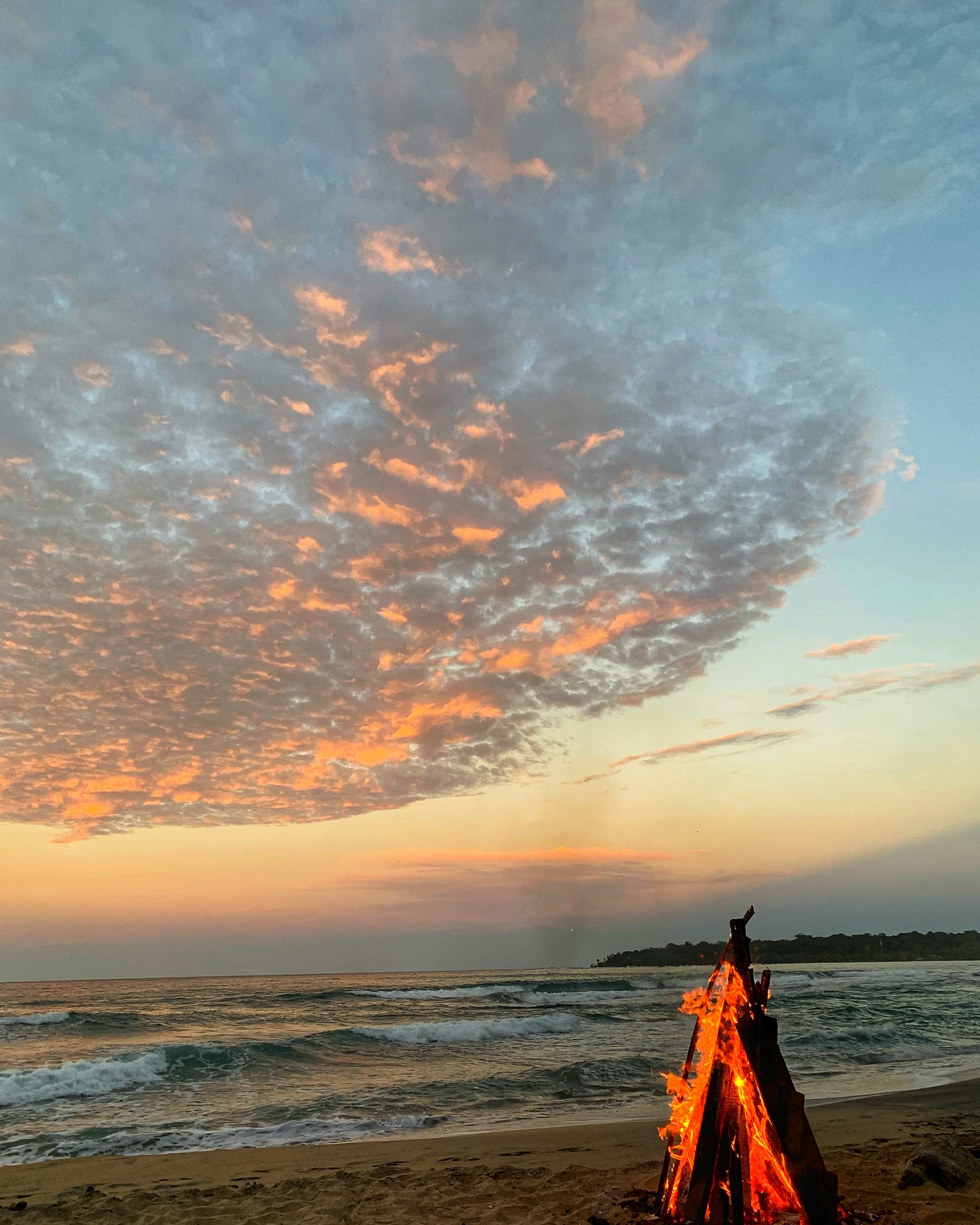As I have been talking on previous posts, Costa Rica is a country full of nature and biodiversity. If we start counting the number of attractive and natural resources within its area, the list would none finish. From volcanoes and beaches to rainforests and rivers, plus the number of habitats for thousands of flora and fauna species, all of this in just one small country in the middle of America.
A perfect example of biodiversity in this country, is the Tempisque River, located entirely in Costa Rica originating in the foothills of the Orosi Volcano in the northwest area, this river flows southeast until reaching the estuary on the northern end of the Nicoya Gulf. The river, stretching 86 miles (138 km), is considered to be the most important river in the Guanacaste region.
The southern leg of the river passes through the Palo Verde National Park, a legitimate bird watching paradise, encompassing mangroves, swamp and both fresh water and salt water lagoons.
The Tempisque River’s dry tropical forest is an important habitat for several different species of monkeys, crocodiles, iguanas, and migratory and aquatic birds such as the roseate spoonbill, white ibis, greets egret, little blue heron, tricoled heron, and bare throated tiger heron. The variety of birds in this region is the most extensive in the entire country.
The Tempisque river basin is a floodplain that attracts over 300 different bird species, many of which migrate from the north in the fall. A permanent and rare colony of scarlet macaws can be found here, as well as a very rare nesting site for jabiru storks — the largest storks in the world. The area attracts many northern jacanas, wood storks, white ibis, and roseate spoonbills. In the fall the Tempisque river basin attracts up to 250,000 waterfowl and wading birds. Many types of herons migrate to this area from the north, such as the little blue heron, the yellow-crowned night heron, the black-crowned night heron, the tri-colored heron, along with many types of ibis, spoonbill, and stork species.
As it was described before, the natural richness of the Tempisque River and its surroundings is simply amazing. This is a place where nature can be enjoyed in its maximum splendor, experiencing the real contact and having the chance to explore a natural paradise. Nowadays, the conservancy and preservation of these resources has become a really important matter for the country, this is why organizations and companies are cooperating to preserve it.
Rancho Humo is one of them, a private reserve of 2640 acres located at the heart of a major conservation area, which includes Palo Verde National Park, Corral de Piedra wildlife refuge and others for a total surface of 61800 acres. The ecosystems part of Rancho Humo have been subject to restoration with the intent of returning the landscapes to their natural habitat that was altered by men.
If you would like to be part of this natural experience, you can check out the one day tours offer in the area by Rancho Humo, everything being done in harmony with nature.










